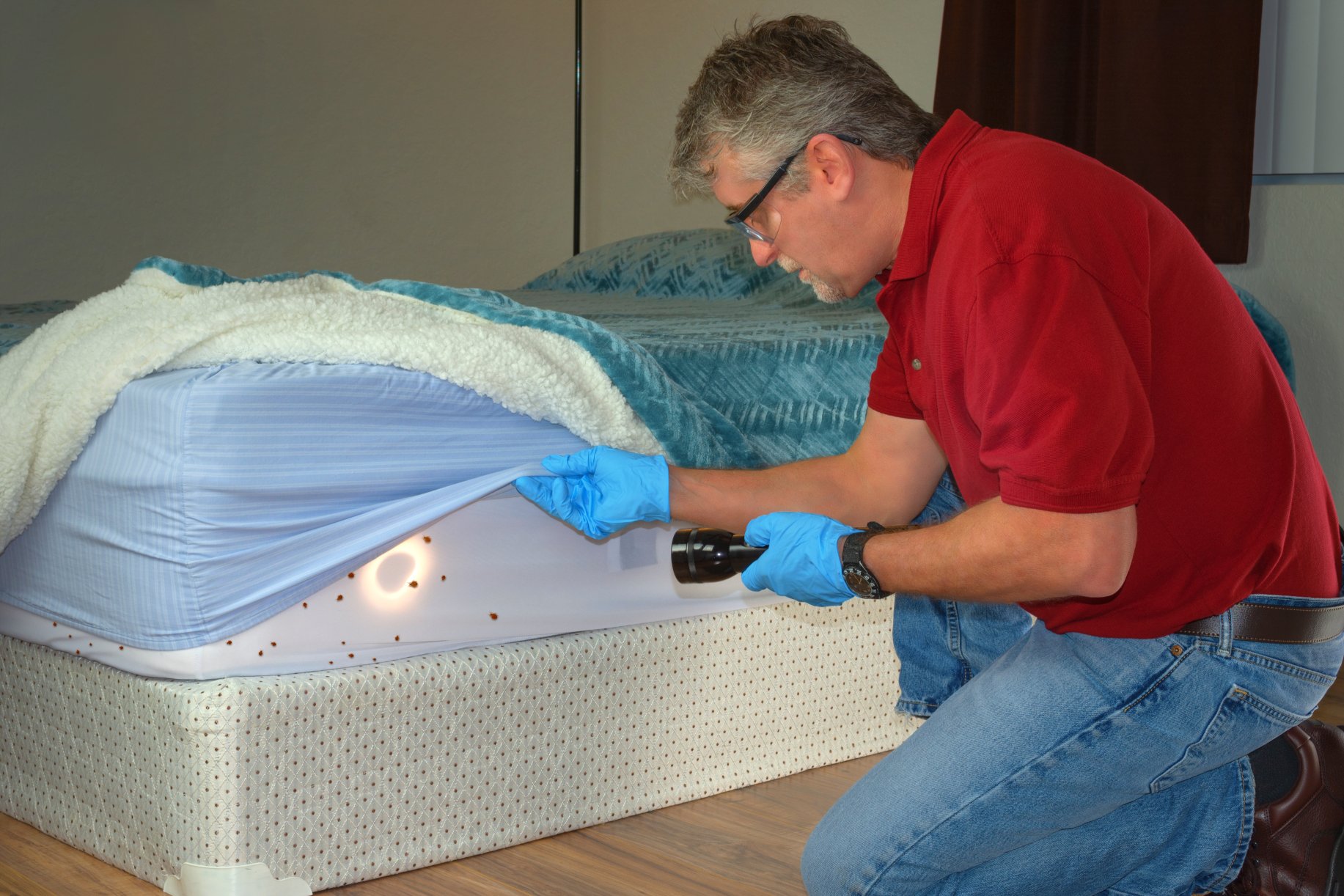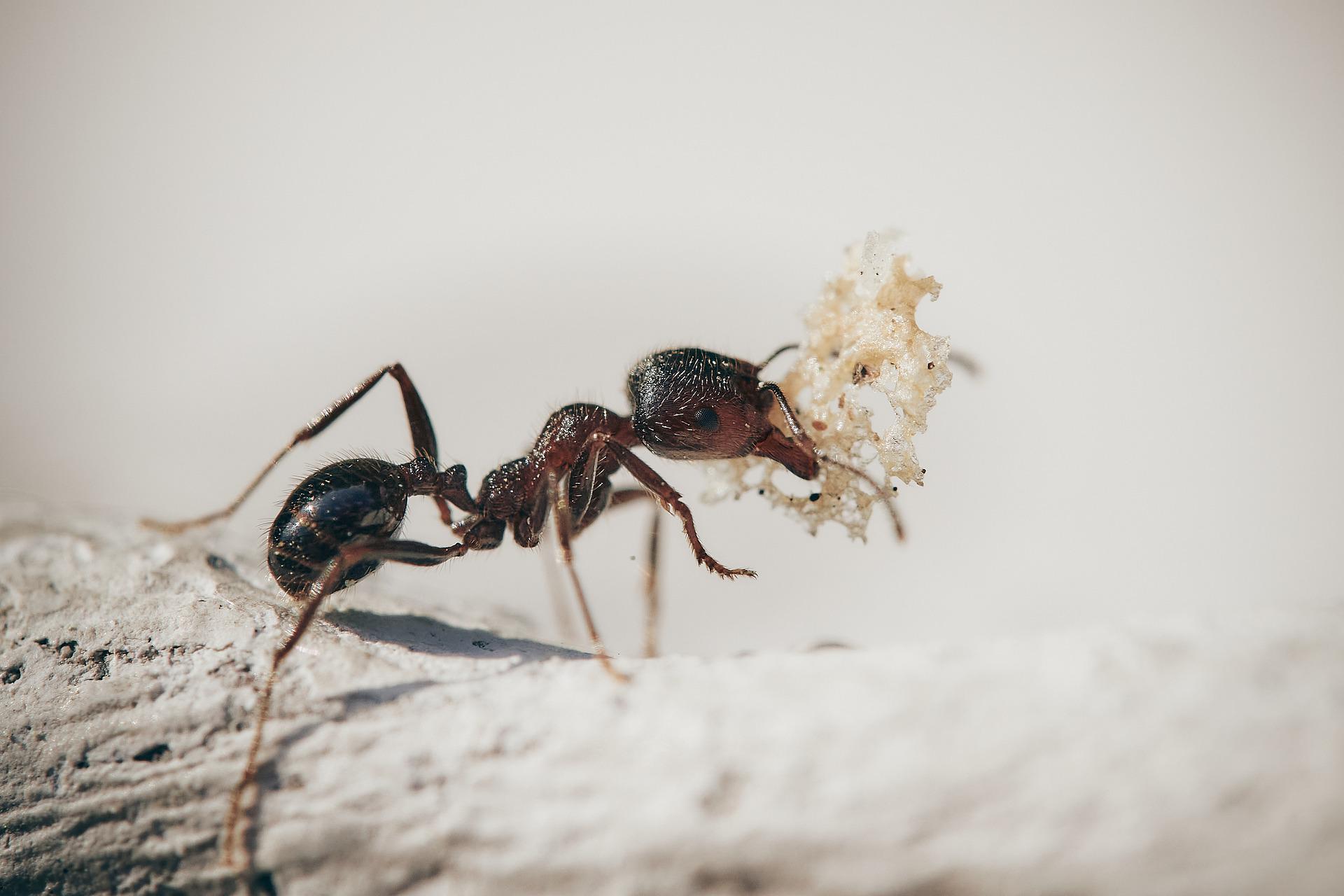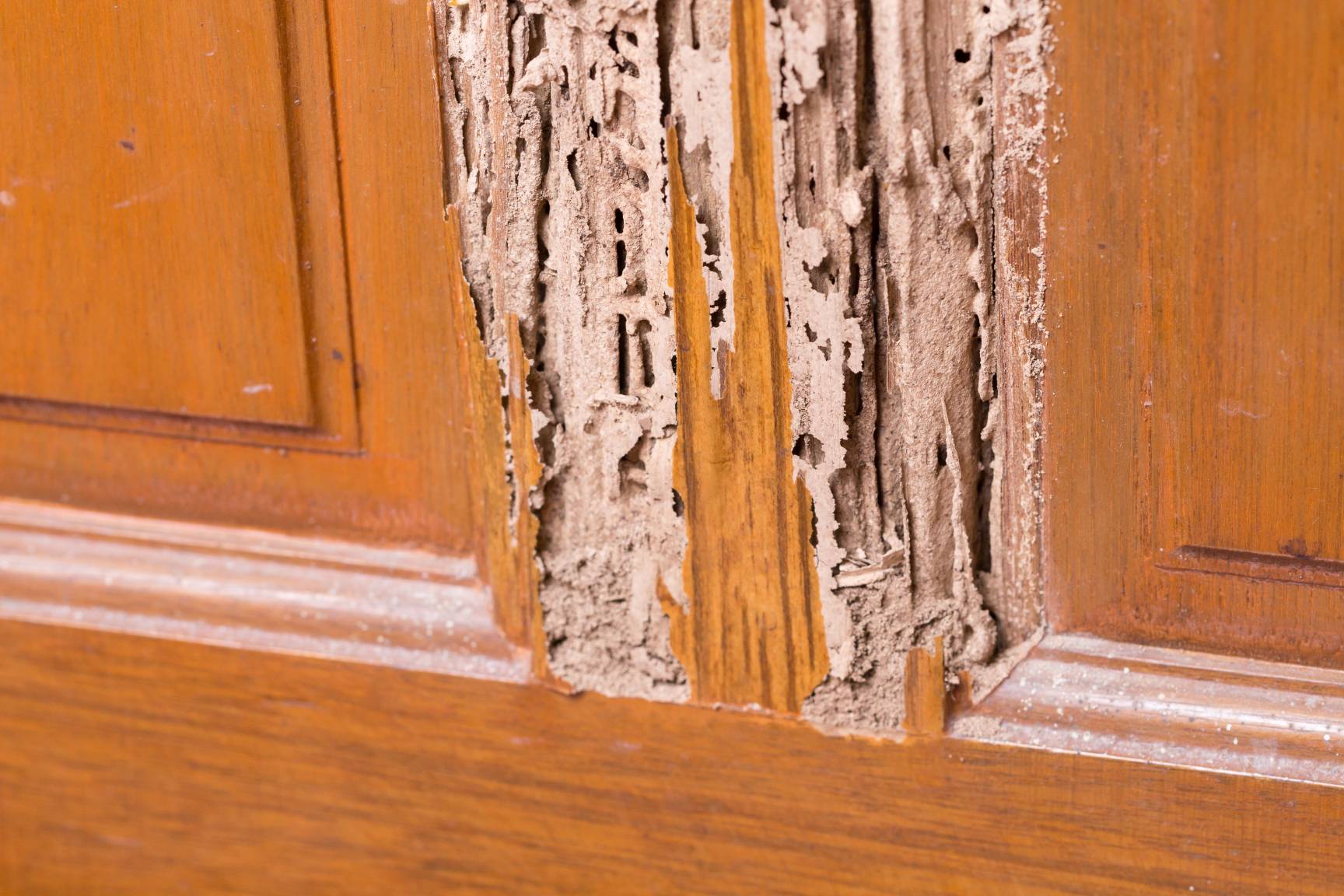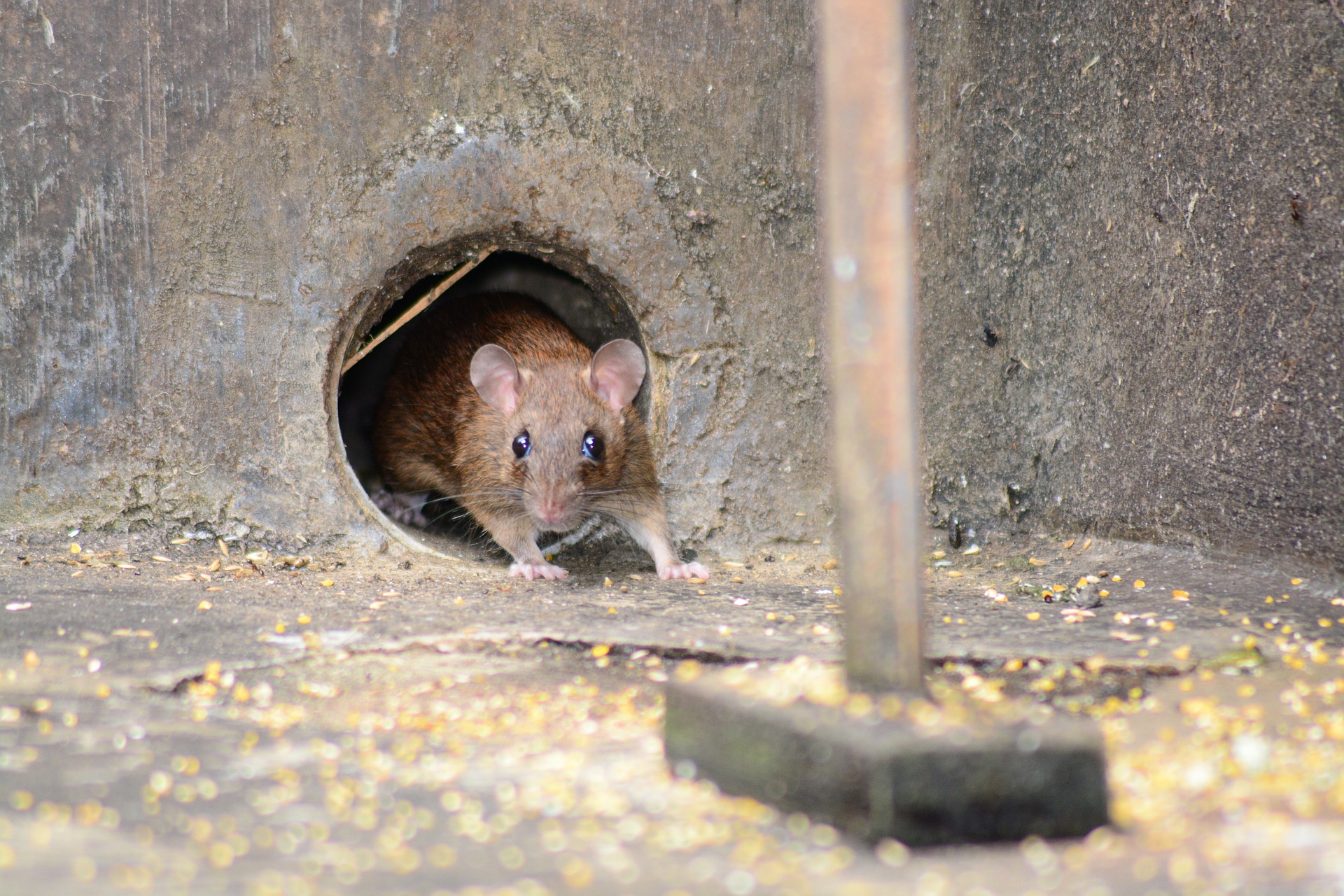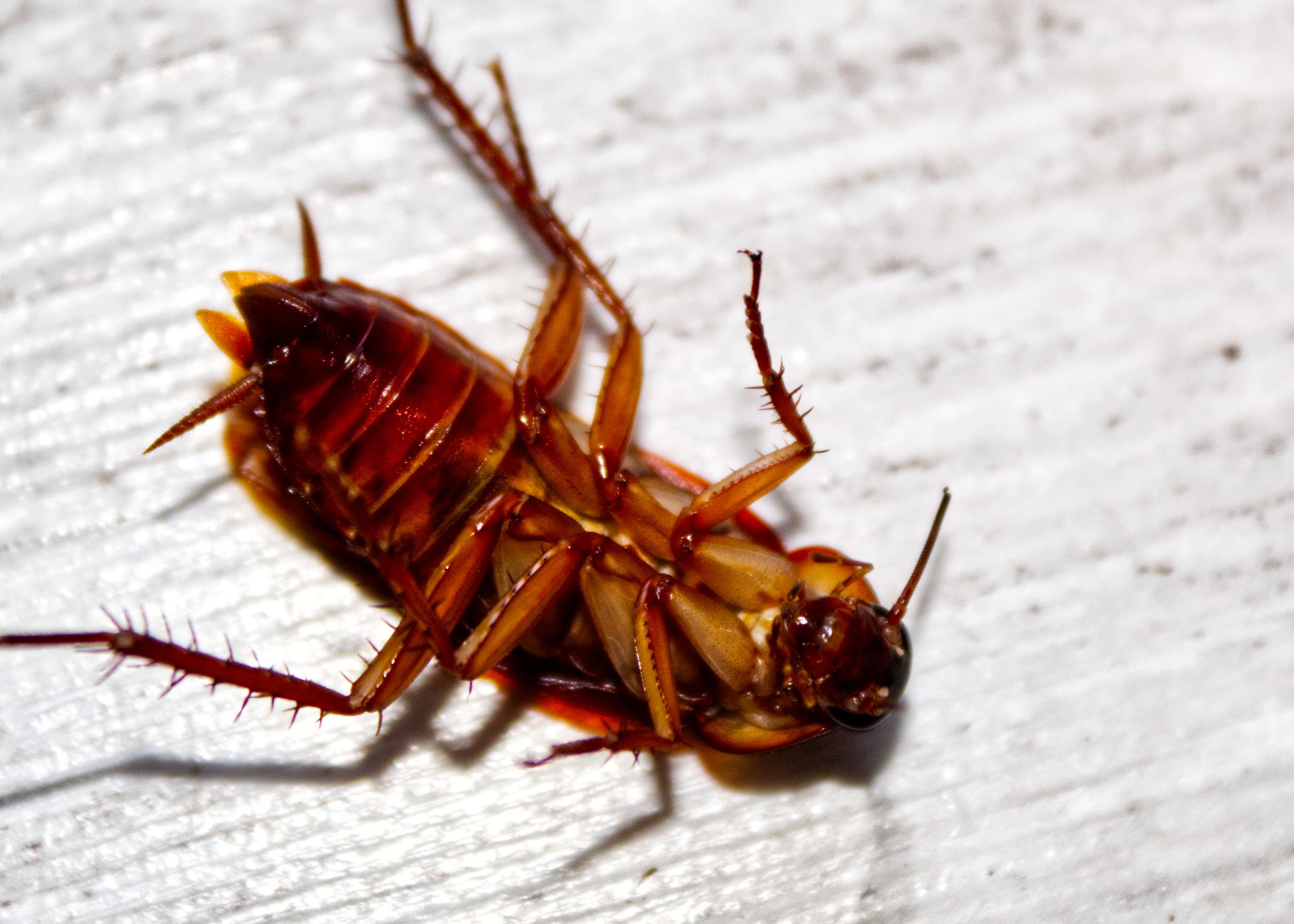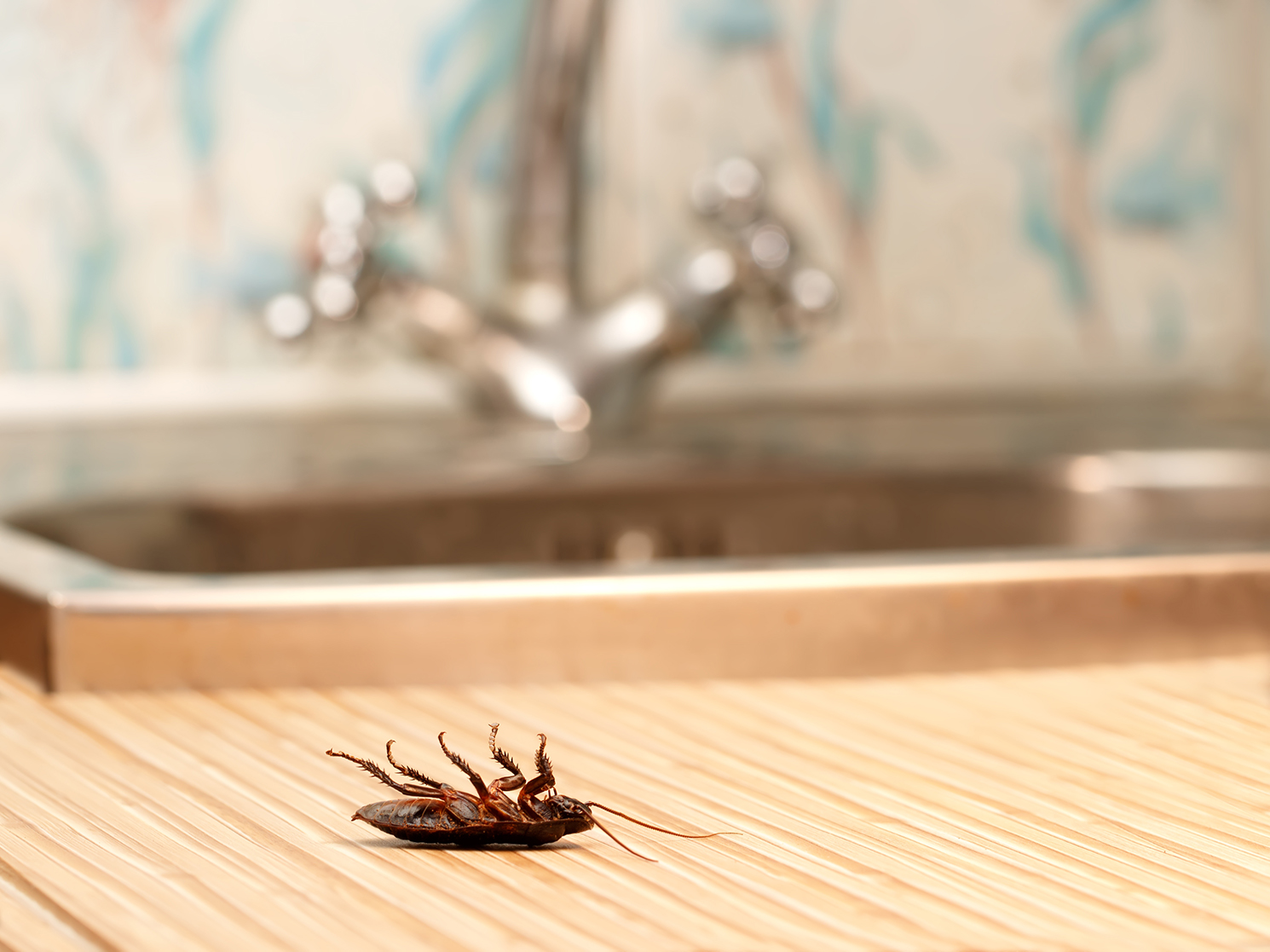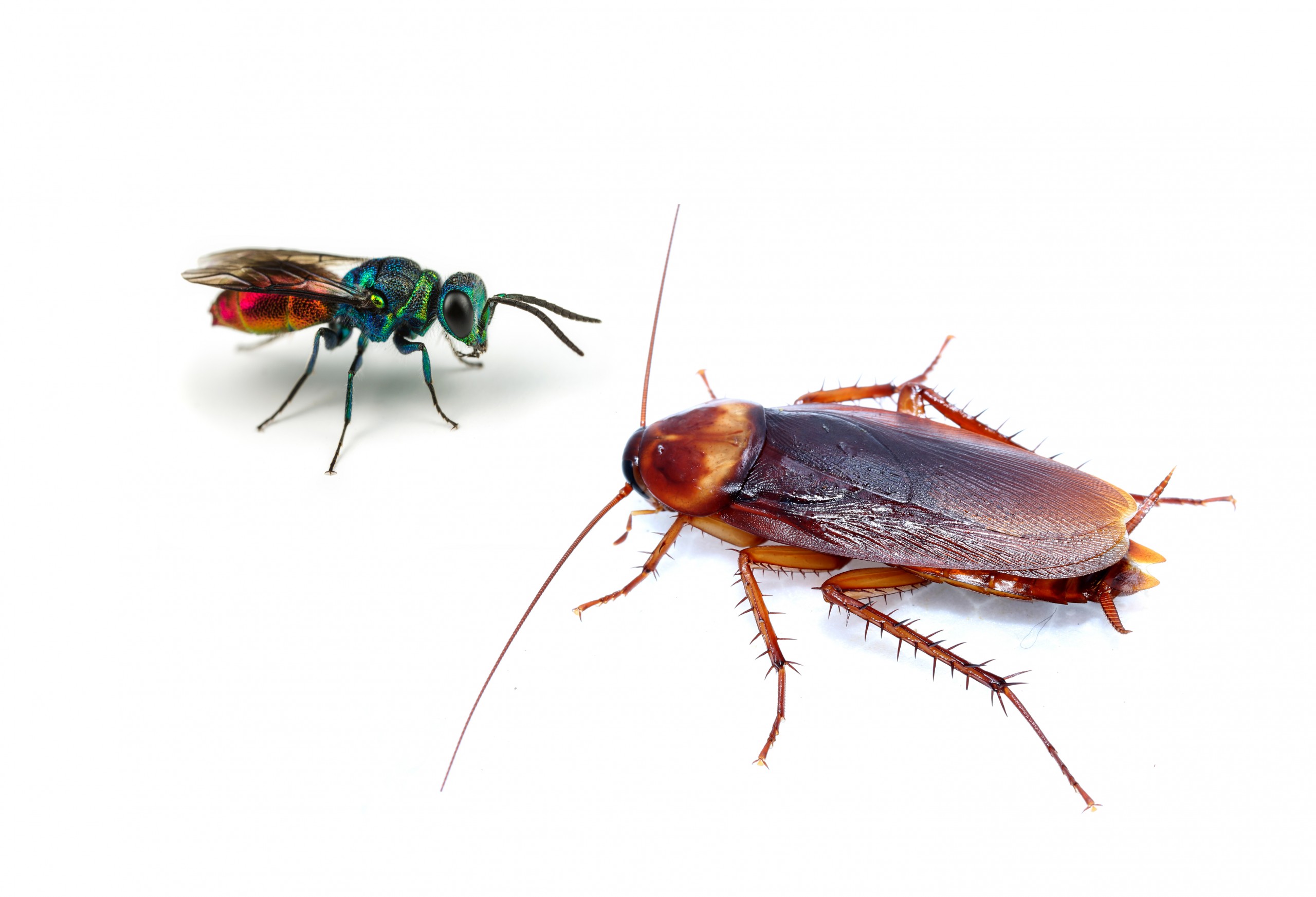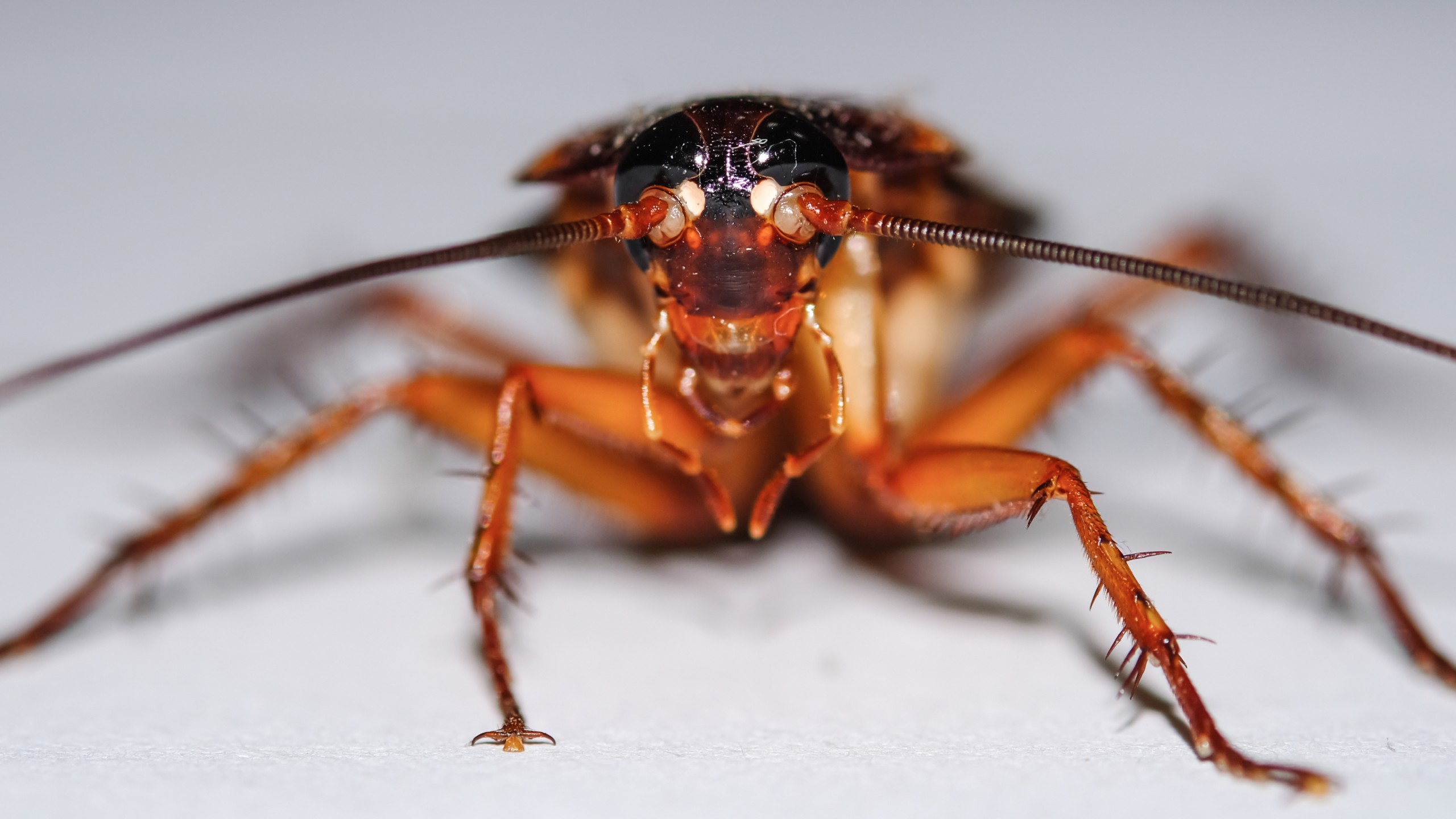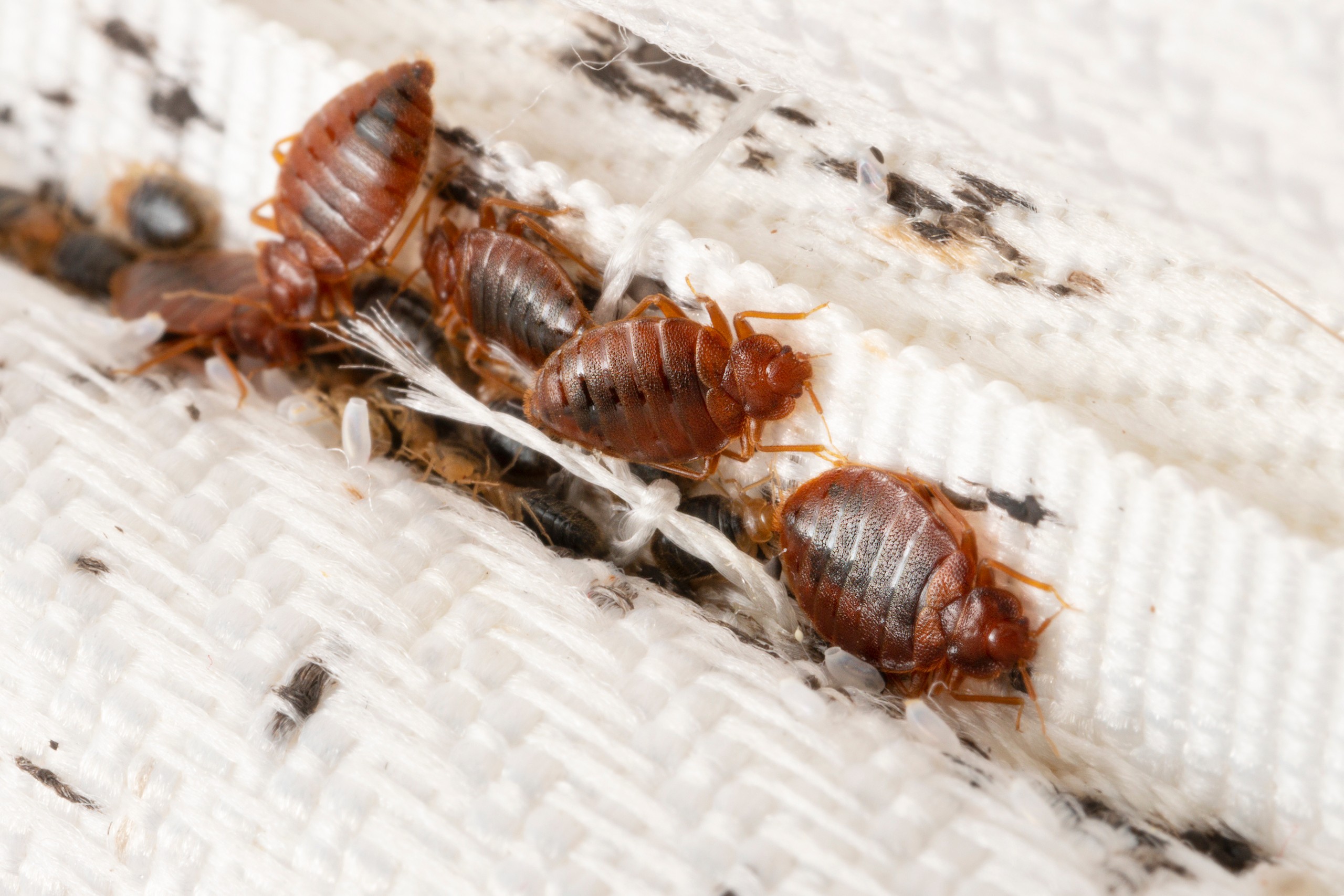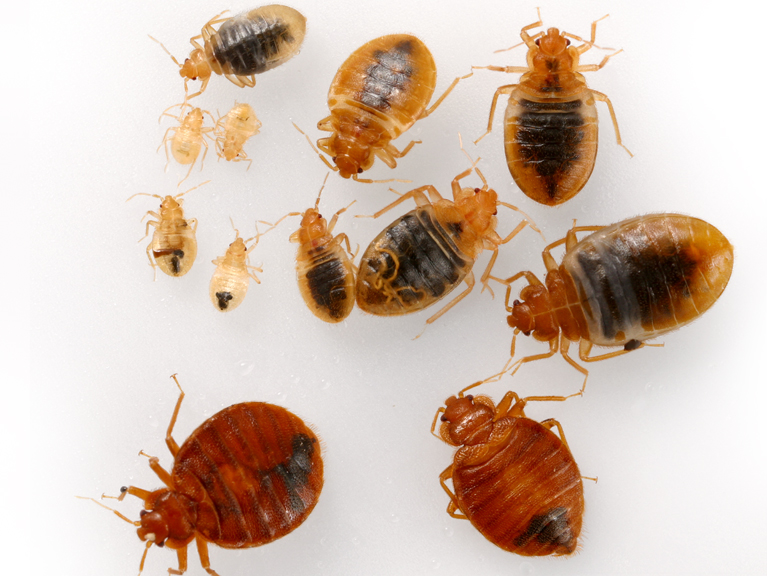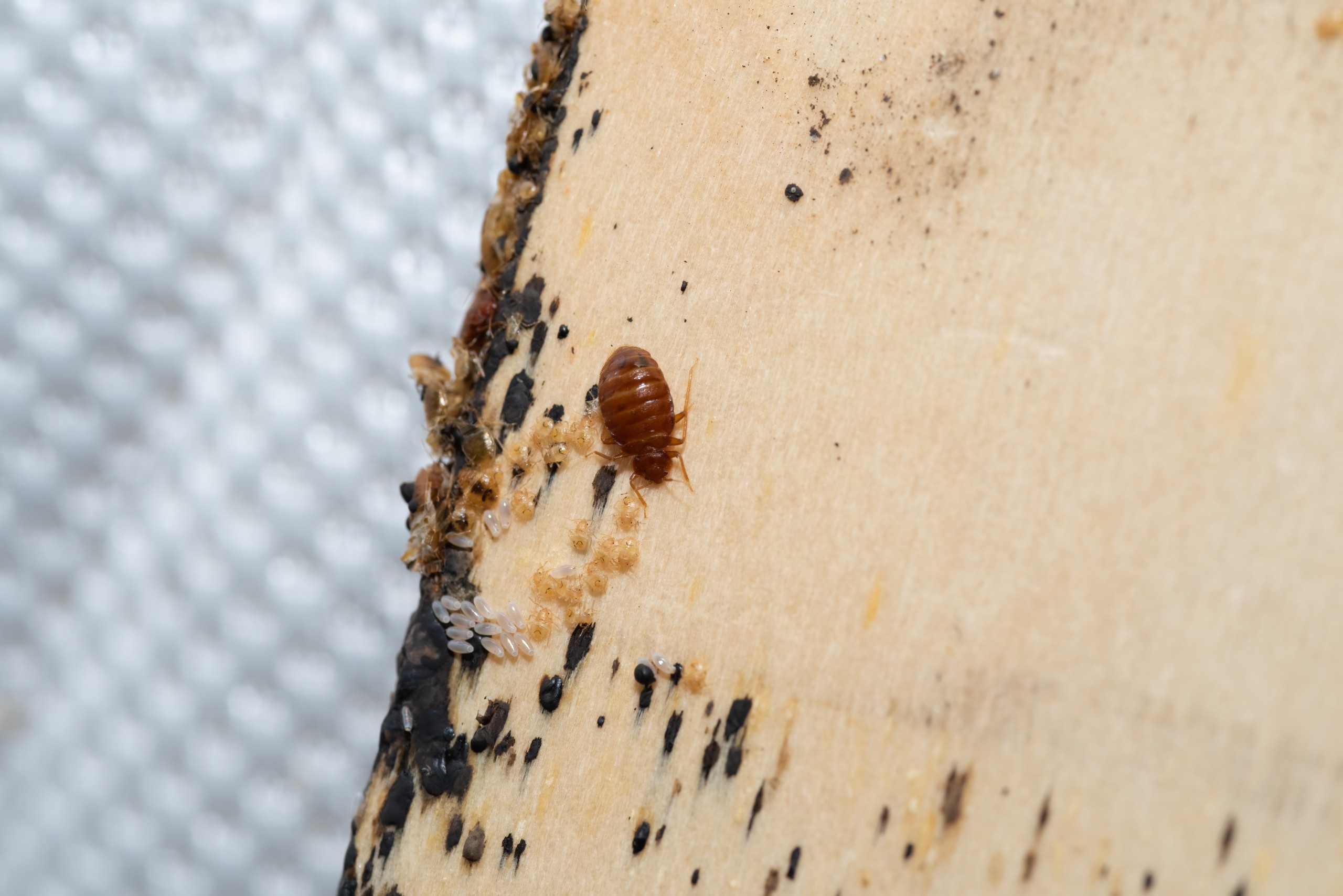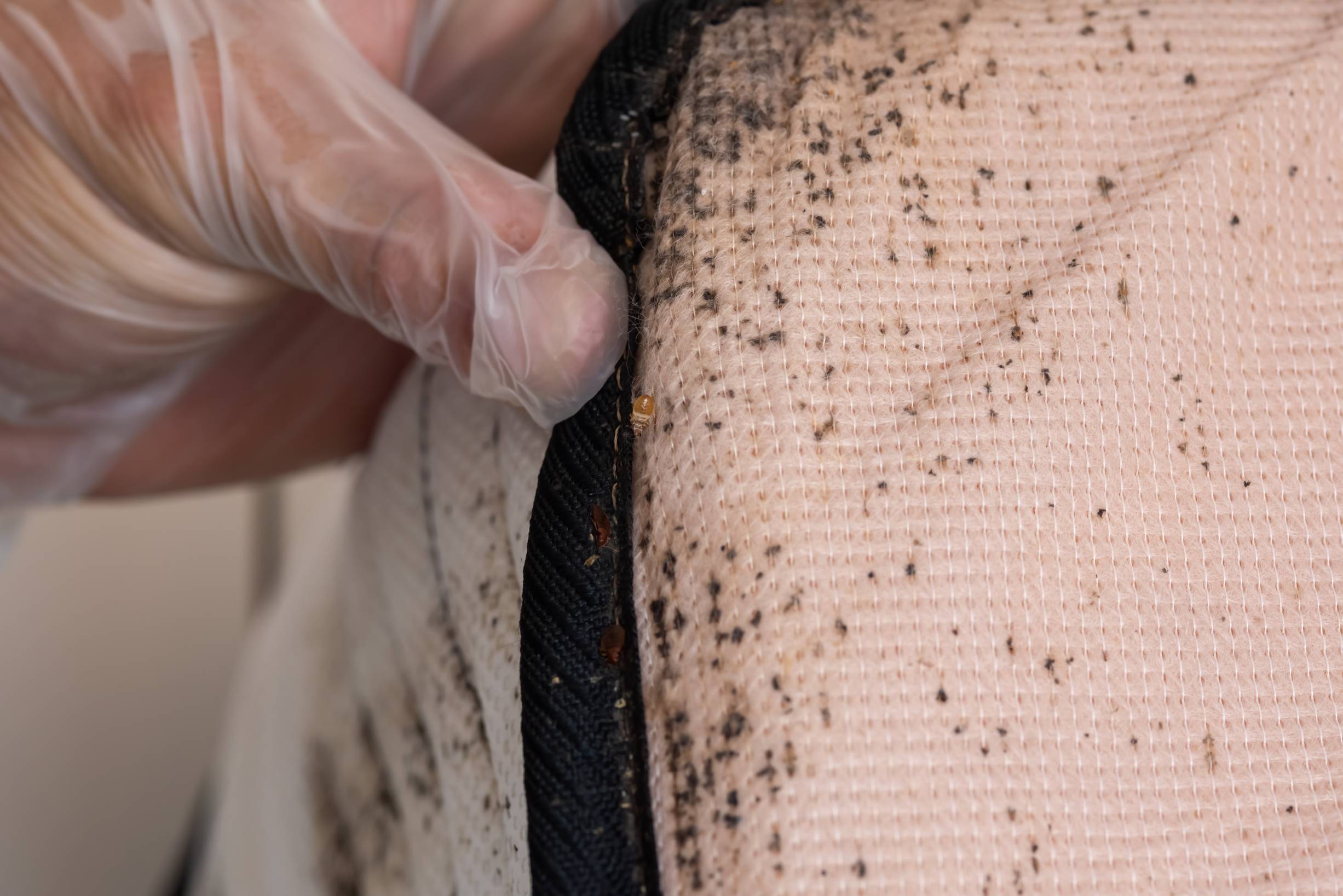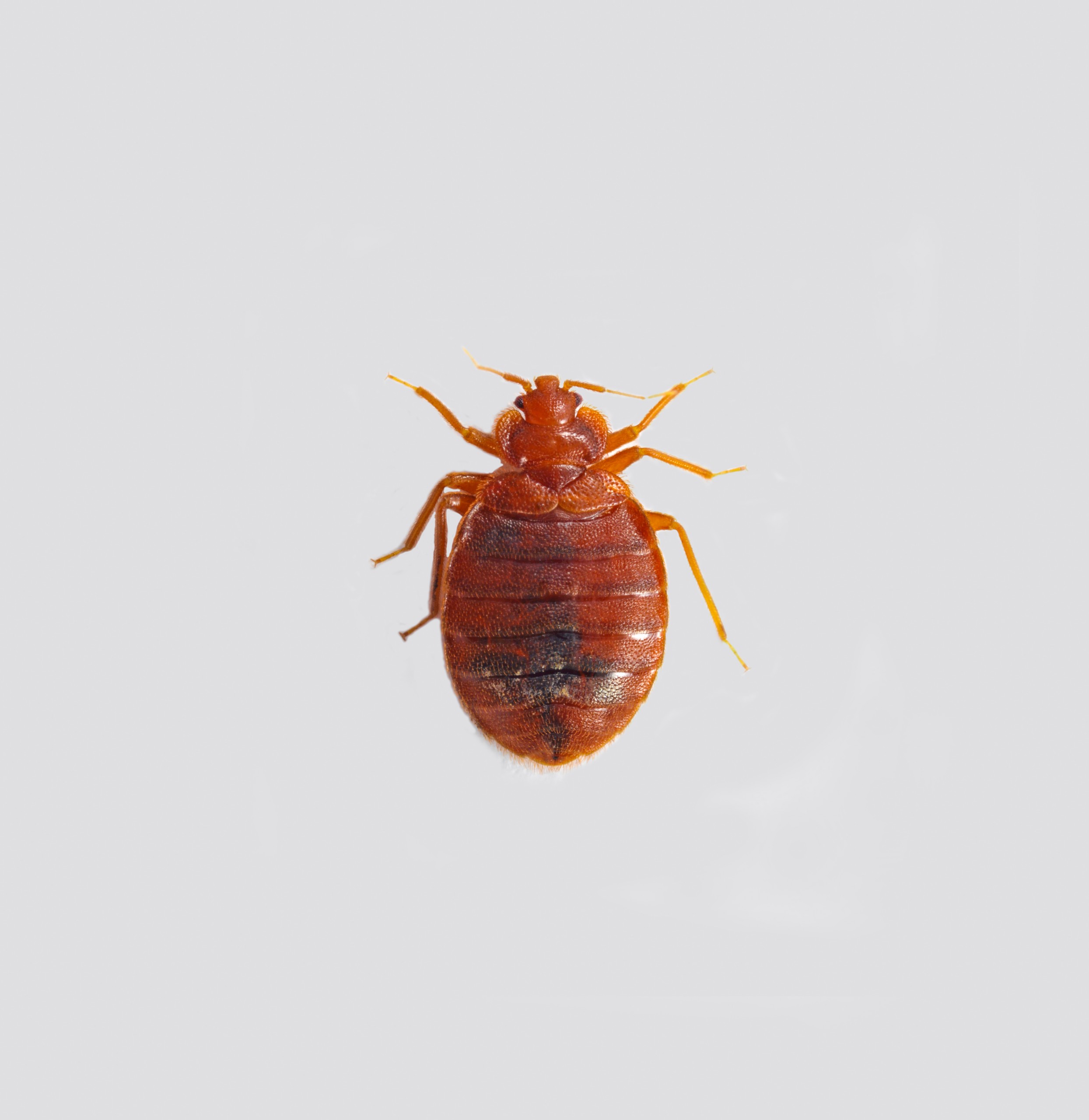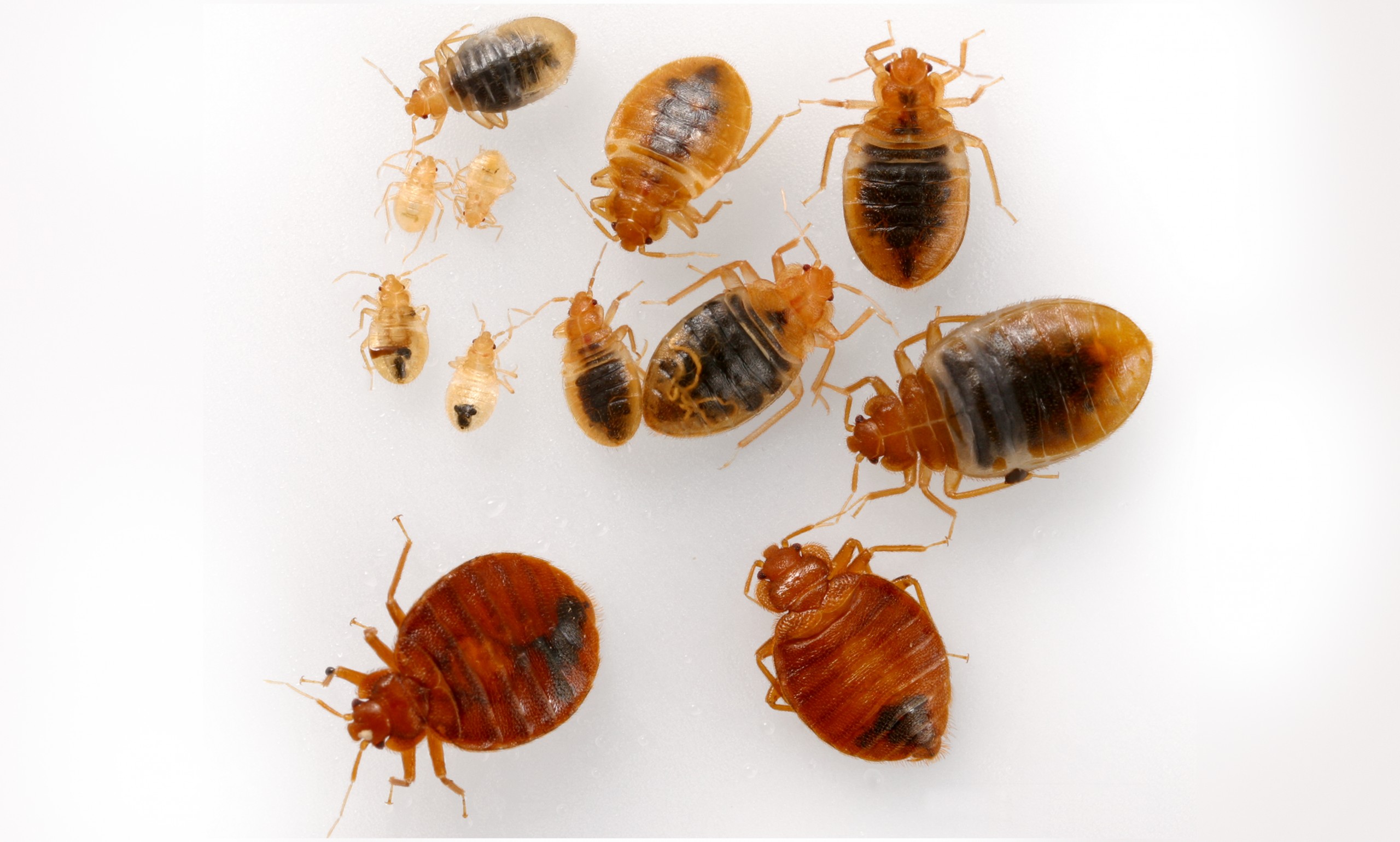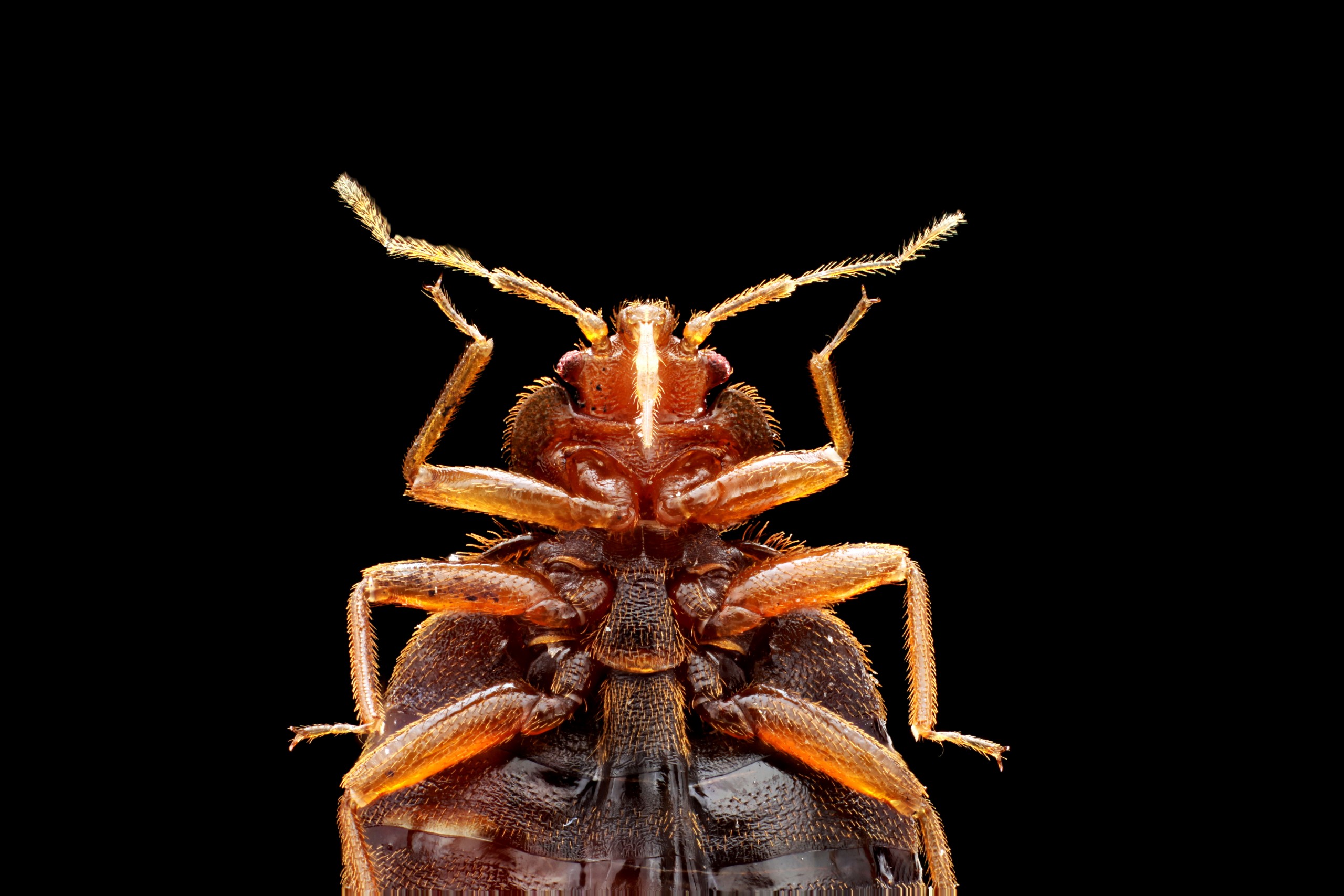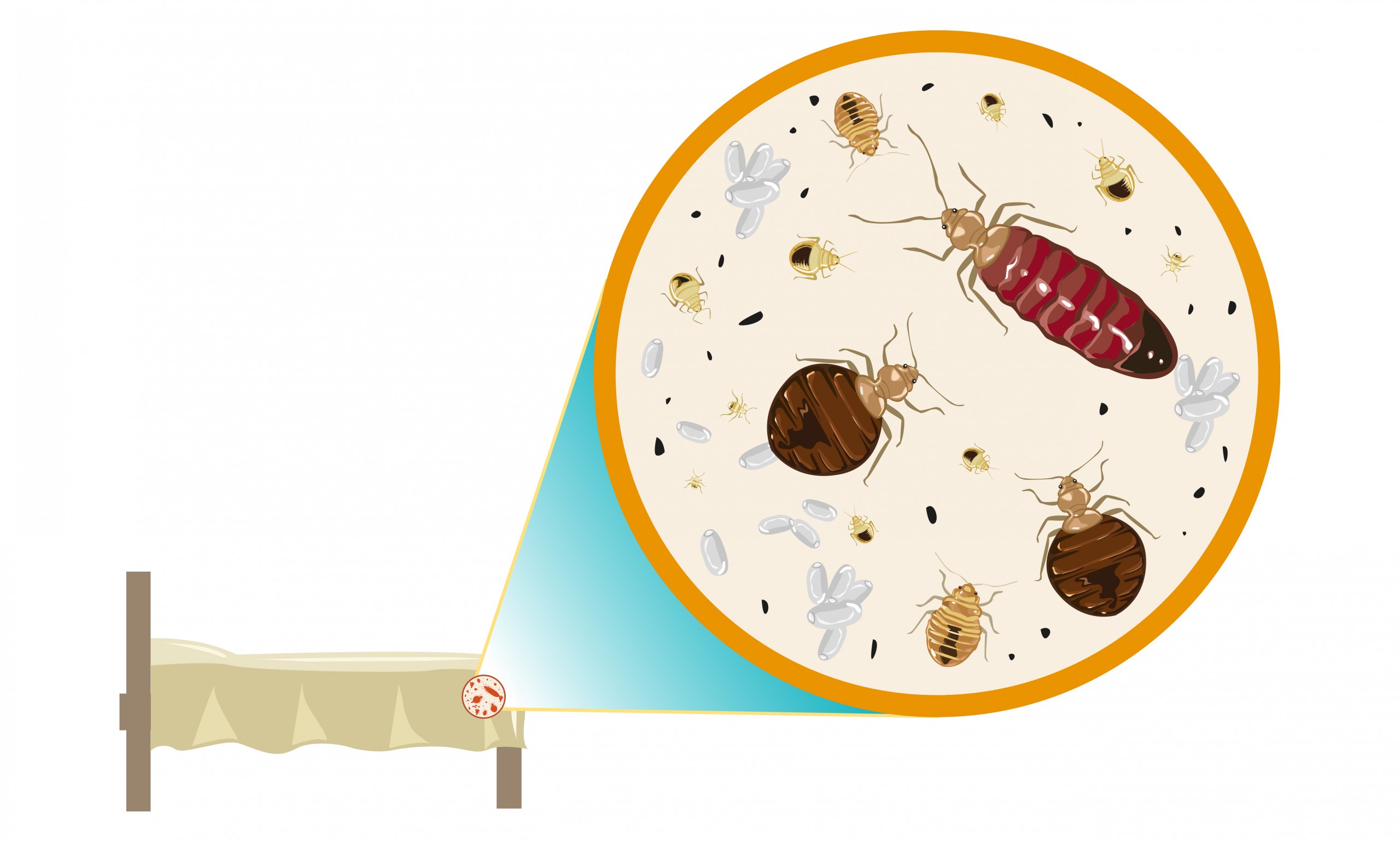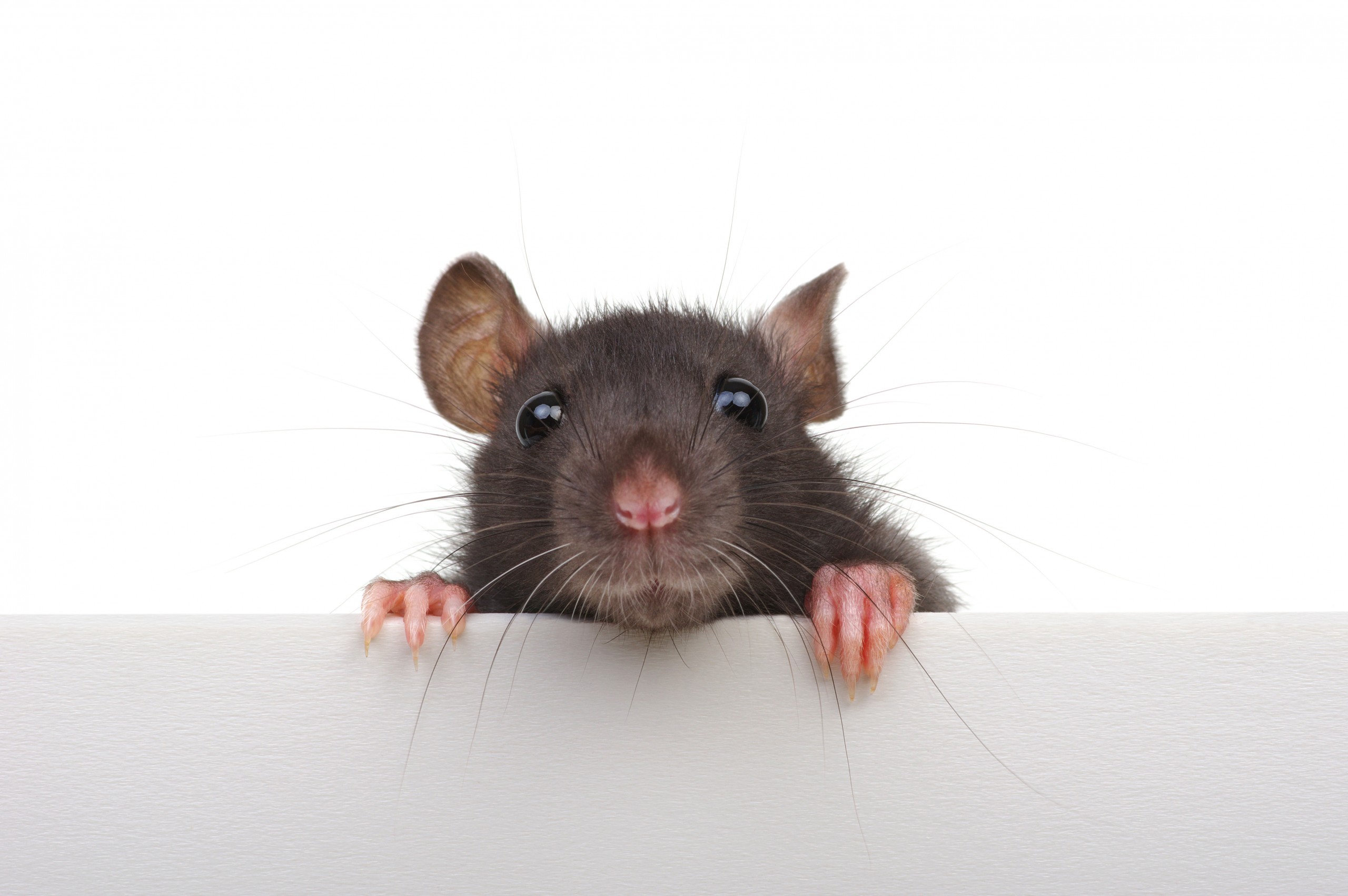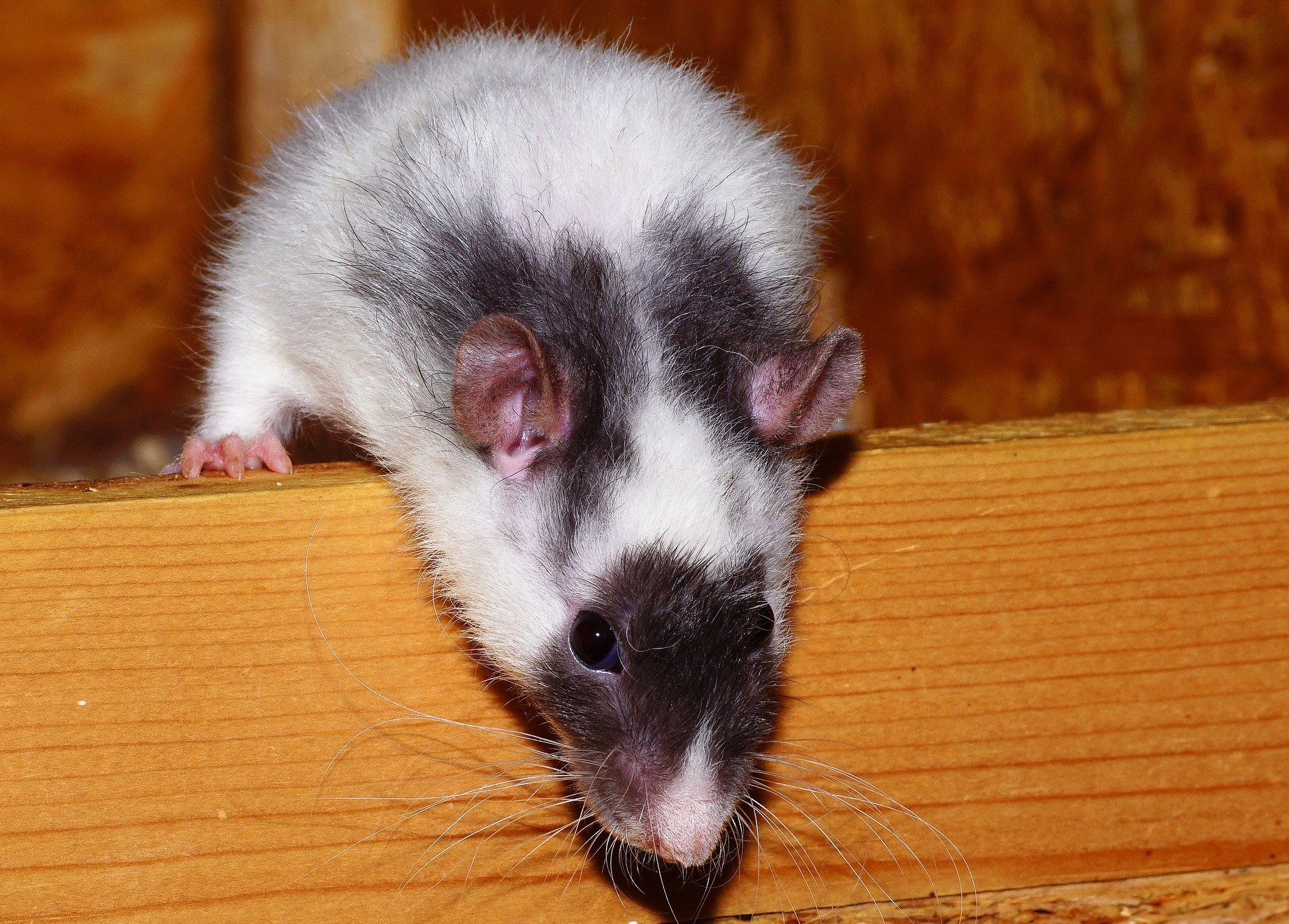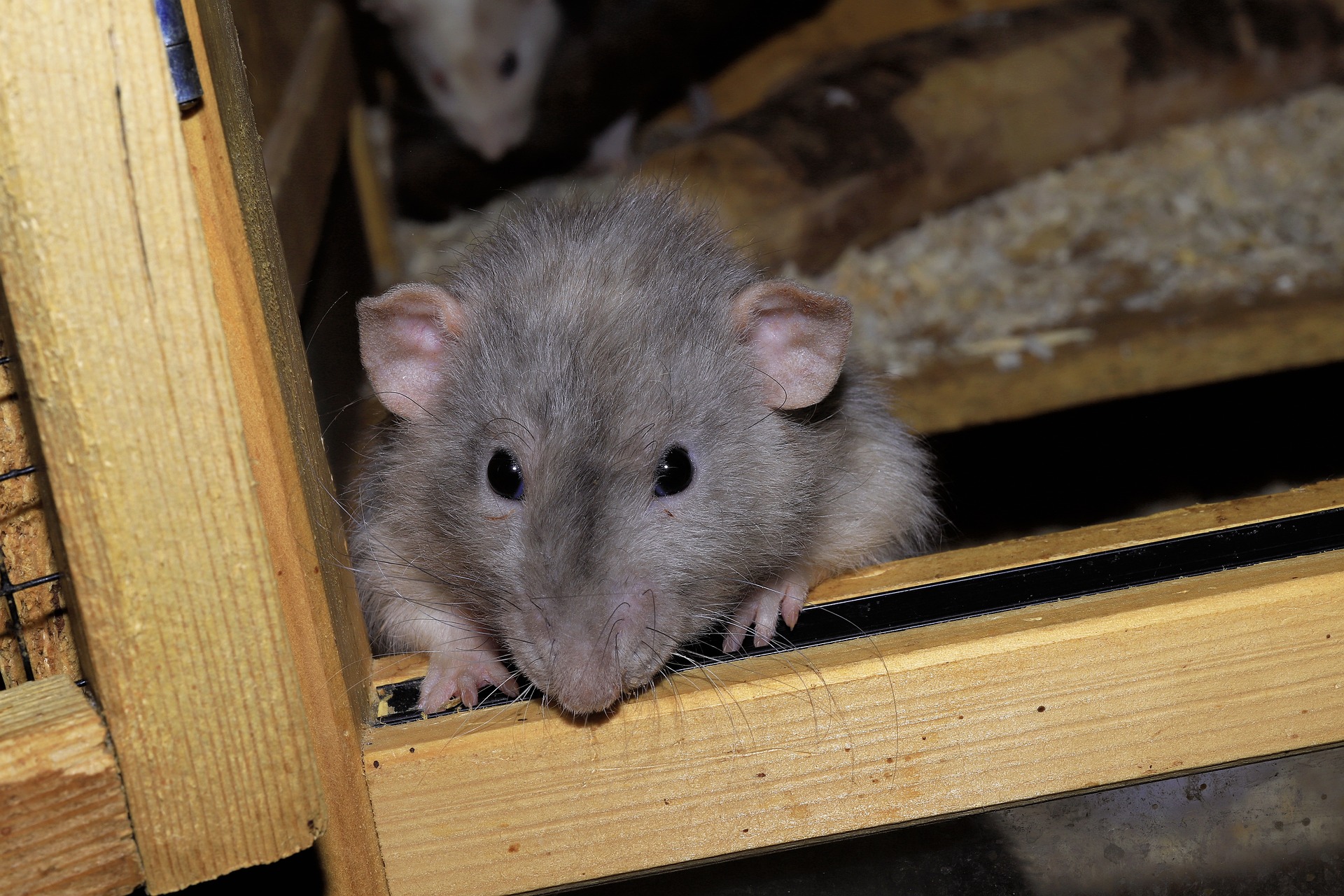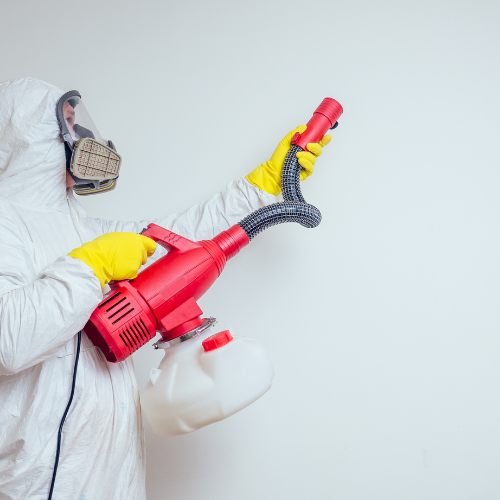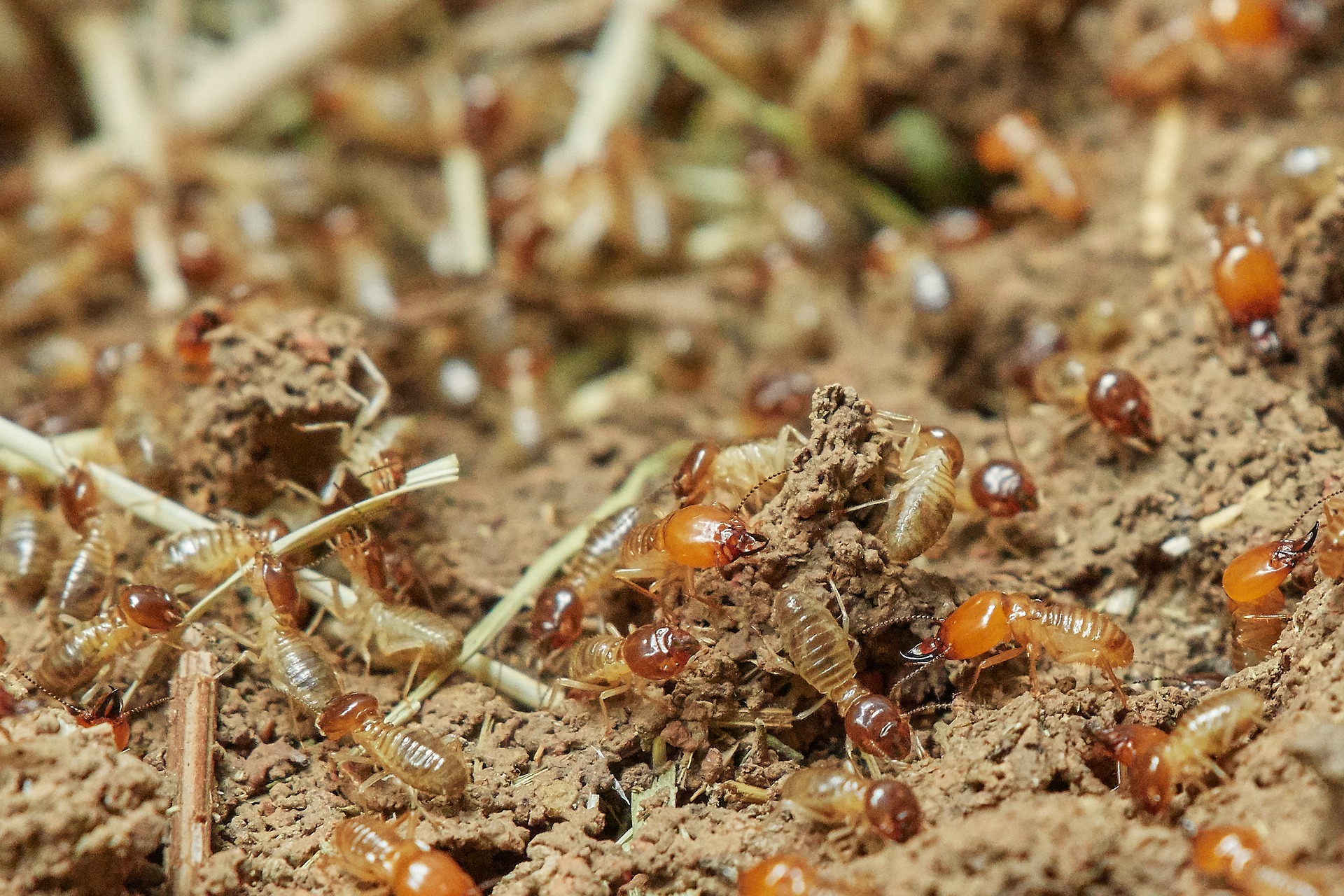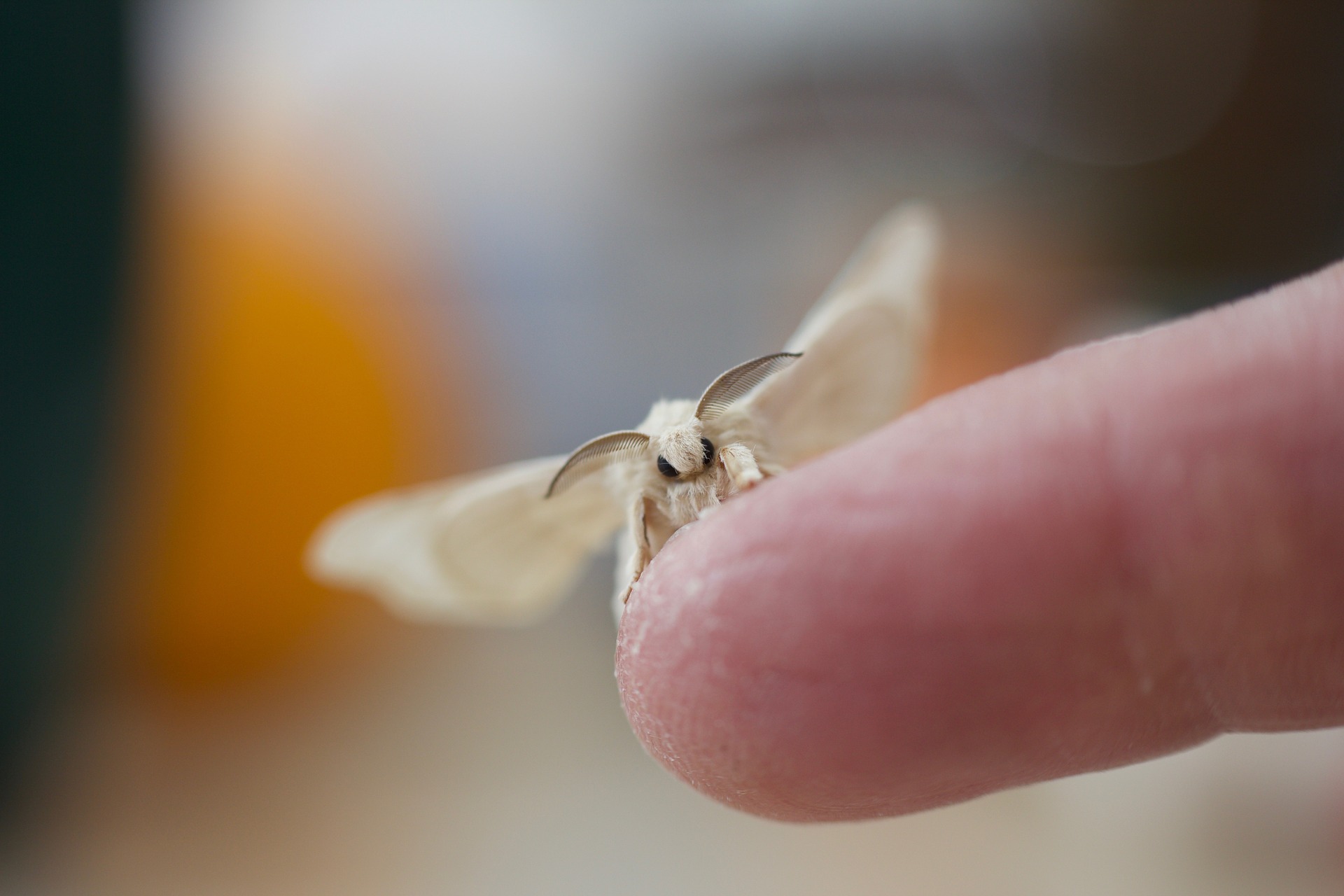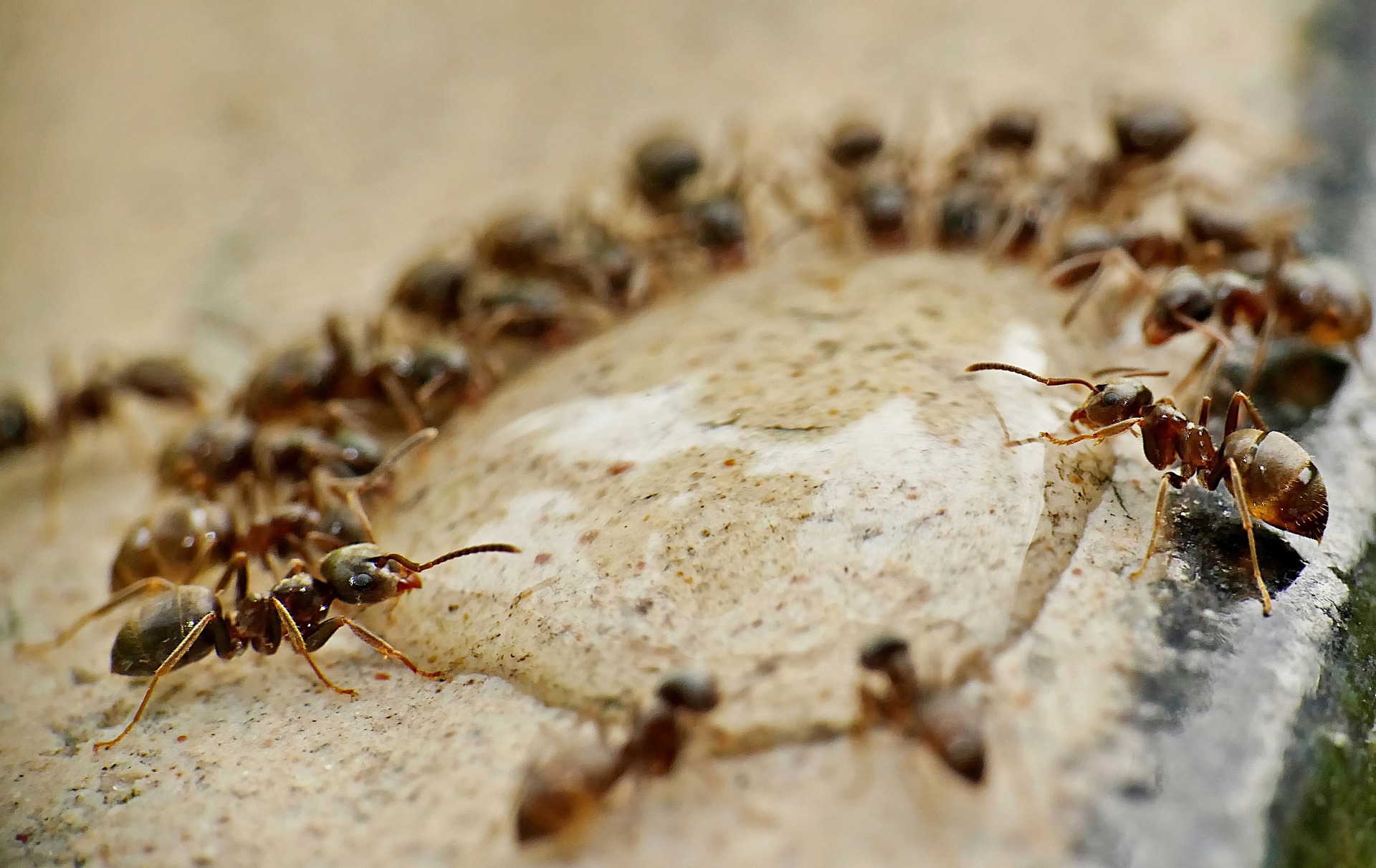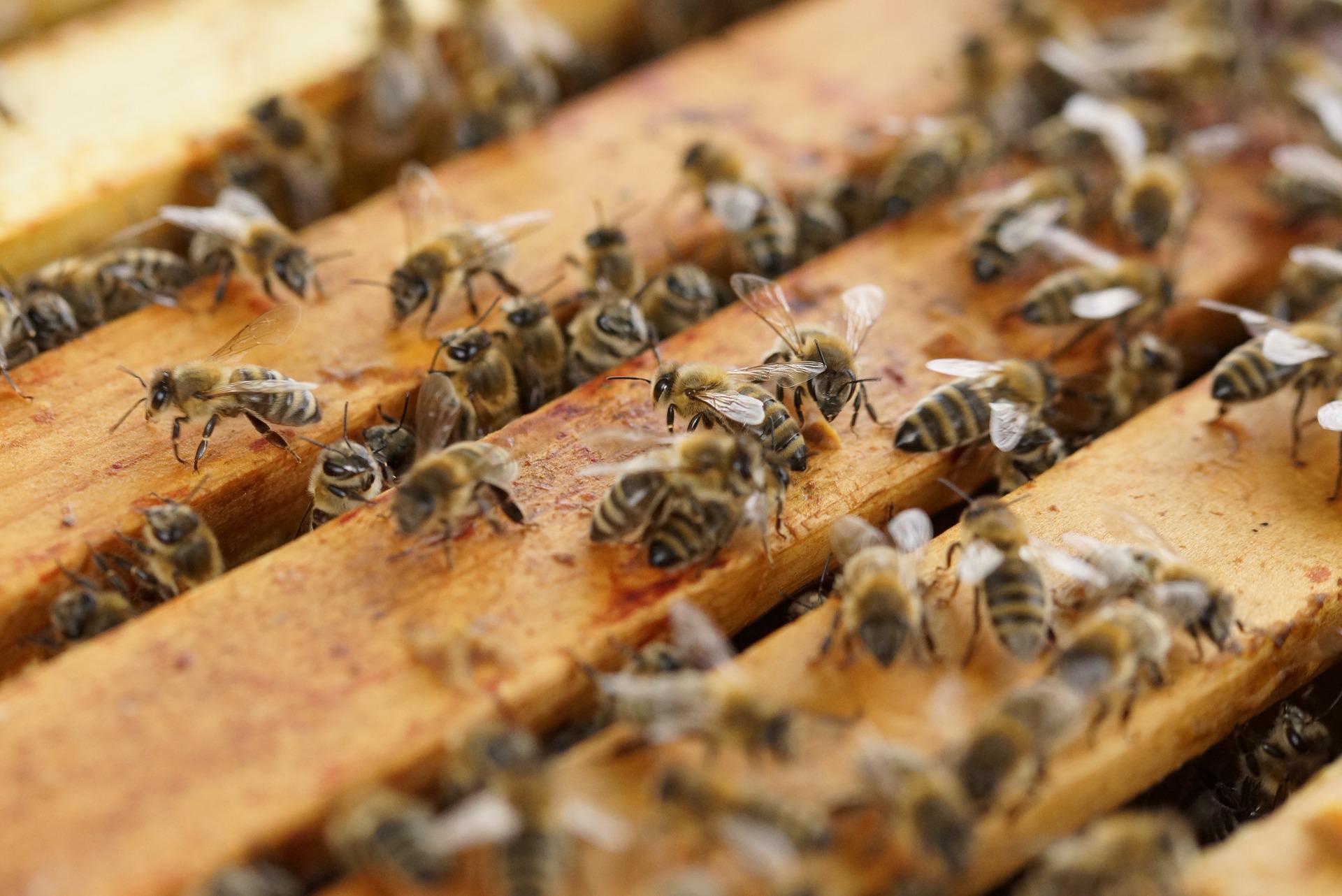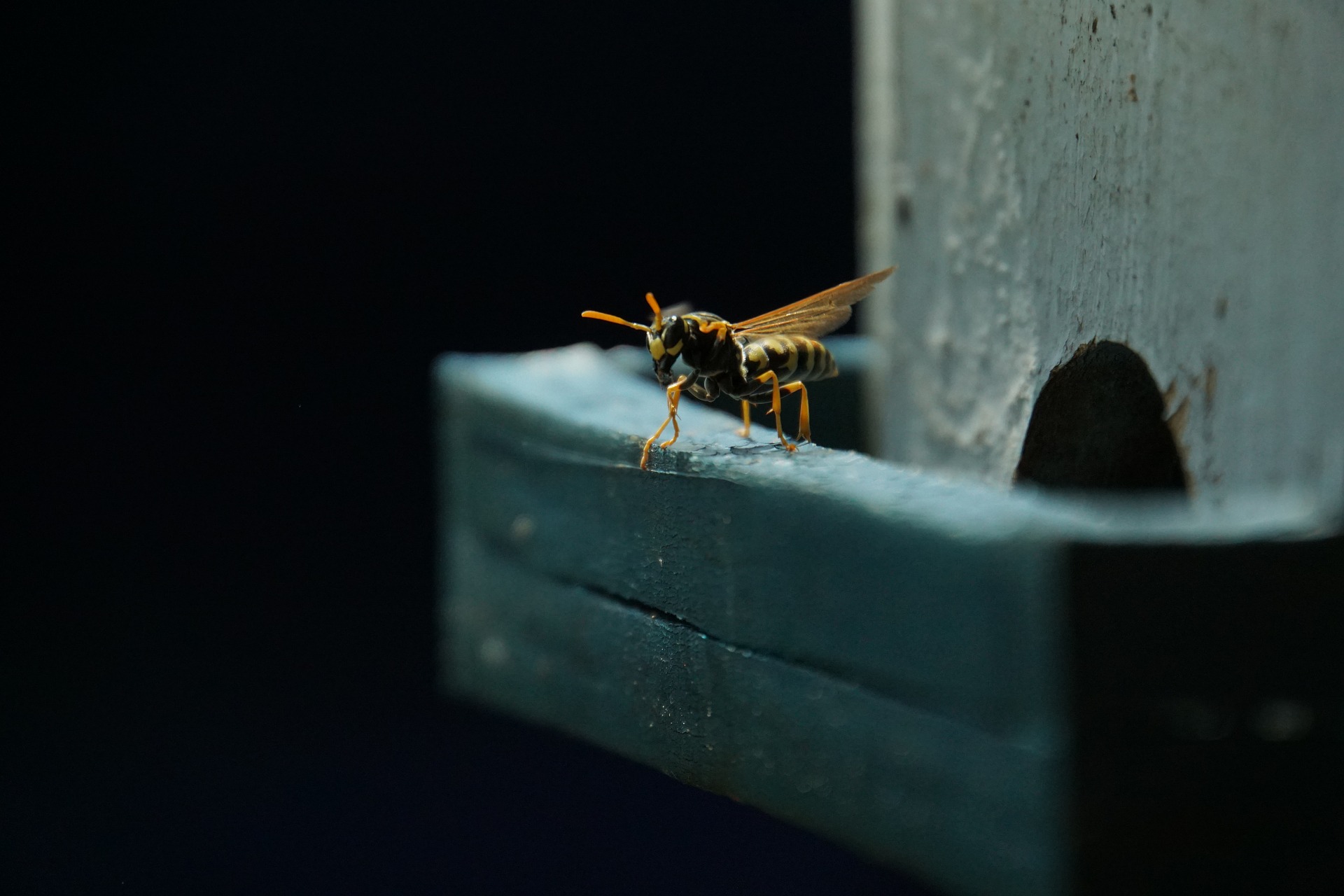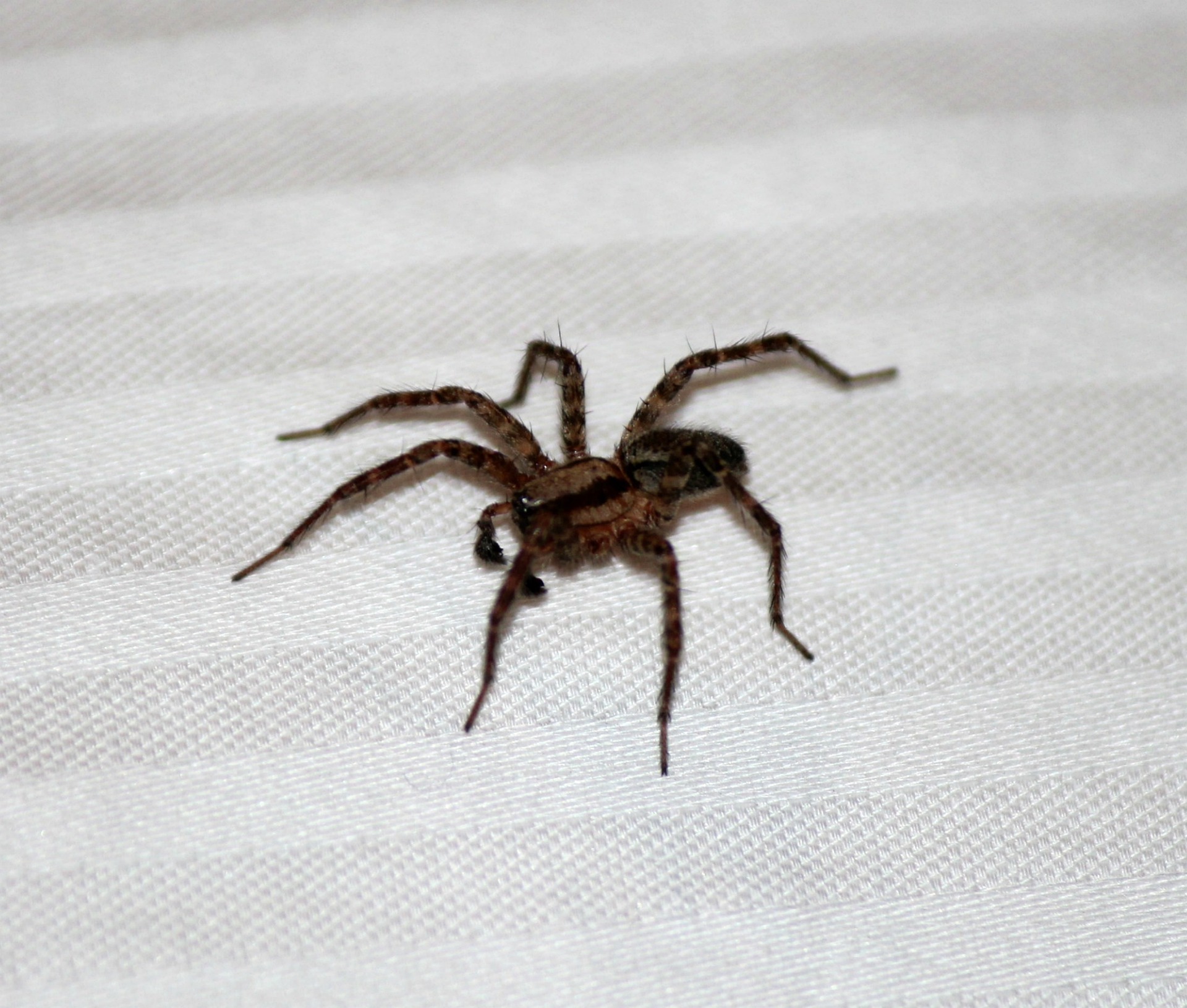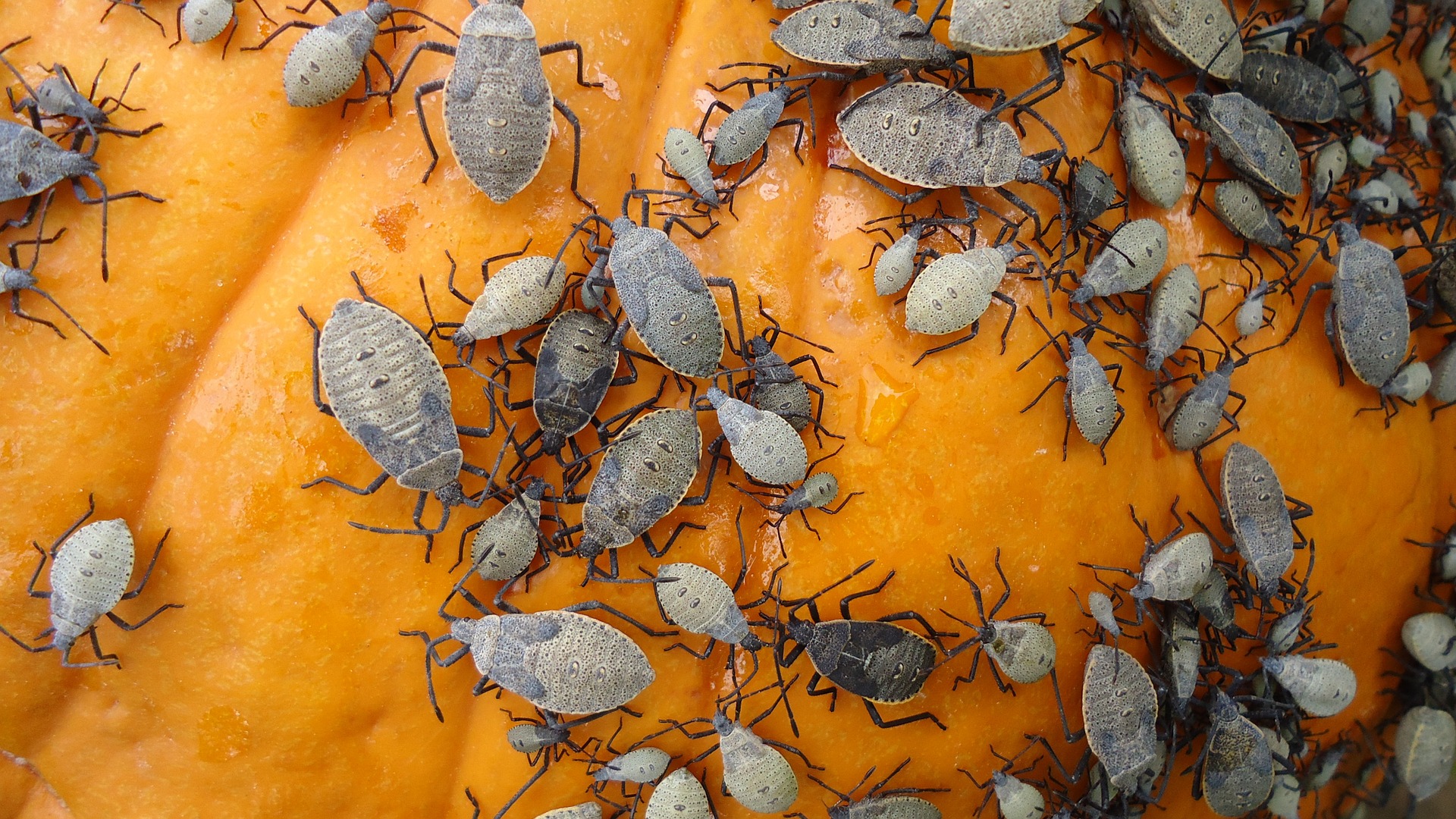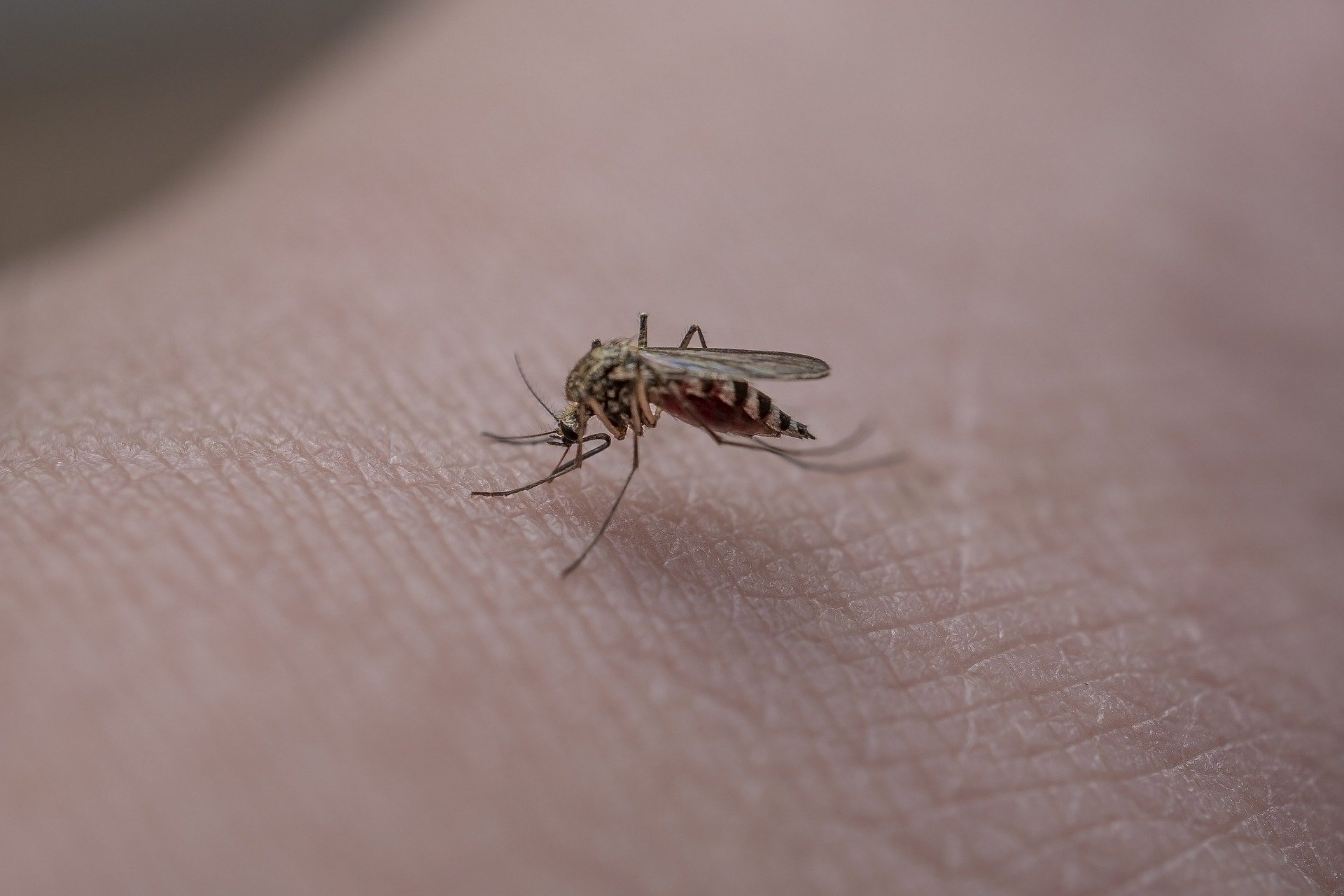Bed bugs, those tiny nocturnal pests that feed on human blood, have become a growing concern in recent years. These elusive creatures are not only a nuisance but also pose significant health risks. Understanding the threat they pose, the associated health risks and effective strategies to prevent and control bed bugs is crucial for safeguarding your home and well-being.
Understanding the Threat: Unveiling the Hidden Dangers of Bed Bugs
Bed bugs are small, flat, and reddish-brown insects that infest homes, hotels, and other dwellings. They are excellent hitchhikers, often traveling from one place to another through luggage, clothing, or used furniture. Once they find a suitable environment, they multiply rapidly, making it challenging to eradicate them.
While bed bugs are not known to transmit diseases directly, their bites can cause severe allergic reactions and secondary infections. The primary threat lies in the psychological impact they have on individuals. The fear of being bitten and the stigma associated with infestations can lead to anxiety, sleep disturbances, and even mental health issues.
According to a survey conducted by the National Pest Management Association, 99.6% of pest professionals have encountered bed bug infestations in the United States. This alarming statistic highlights the widespread nature of the problem and the need for proactive measures to protect your home and health.
Health Risks Associated with Bed Bug Infestations: Protecting Your Well-being
Bed bug bites can cause a range of health issues, from mild irritation to severe allergic reactions. The bites often appear as small, itchy red welts, which can lead to excessive scratching and subsequent skin infections. In rare cases, individuals may experience anaphylaxis, a severe allergic reaction that requires immediate medical attention.
Furthermore, the psychological toll of living with bed bugs should not be underestimated. Sleep deprivation, anxiety, and depression are common among individuals dealing with infestations. The constant fear of being bitten and the social stigma associated with bed bugs can have a significant impact on mental well-being.
Dr. John Doe, a renowned entomologist, emphasizes the psychological effects of bed bug infestations, stating, “The fear and anxiety caused by bed bugs can be overwhelming. It’s crucial to address the issue promptly to protect both physical and mental health.”
Safeguarding Your Home: Effective Strategies to Prevent and Control Bed Bugs
Prevention is key when it comes to bed bugs. Taking proactive measures to safeguard your home can help prevent infestations and minimize the risk to your health. Here are some effective strategies:
Regularly inspect your home: Check your mattress, furniture, and other hiding spots for signs of bed bugs, such as dark spots, shed skins, or tiny eggs.
Be cautious when traveling: Inspect hotel rooms thoroughly before unpacking, and keep your luggage elevated and away from the bed. Upon returning home, wash and dry your clothes on high heat to kill any potential hitchhikers.
Seal cracks and crevices: Bed bugs can hide in tiny cracks and crevices, so seal them with caulk to eliminate potential hiding spots.
Use protective covers: Encase your mattress and box spring in bed bug-proof covers to prevent infestations and make it easier to detect any early signs.
Taking Action: Essential Steps to Eliminate Bed Bugs and Ensure a Healthy Living Environment
If you discover a bed bug infestation in your home, taking immediate action is crucial. Here are the essential steps to eliminate bed bugs and ensure a healthy living environment:
Consult a professional: Bed bug infestations are notoriously difficult to eradicate, so it’s best to seek help from a licensed pest control professional who has experience dealing with these pests.
Thoroughly clean and declutter: Remove all bedding, clothing, and clutter from the infested area and wash them in hot water. Vacuum the entire room, paying special attention to cracks and crevices.
Use insecticides judiciously: If recommended by the professional, use insecticides specifically labeled for bed bug control. Follow the instructions carefully and ensure proper ventilation during application.
Prevent re-infestation: After treatment, continue to monitor your home for any signs of bed bugs. Regularly inspect your bedding and furniture, and maintain good hygiene practices to minimize the risk of re-infestation.
By understanding the hidden dangers of bed bugs, recognizing the associated health risks, and implementing effective prevention and control strategies, you can protect your home and well-being. Remember, early detection and swift action are key to eliminating these pests and ensuring a healthy living environment for you and your family.



